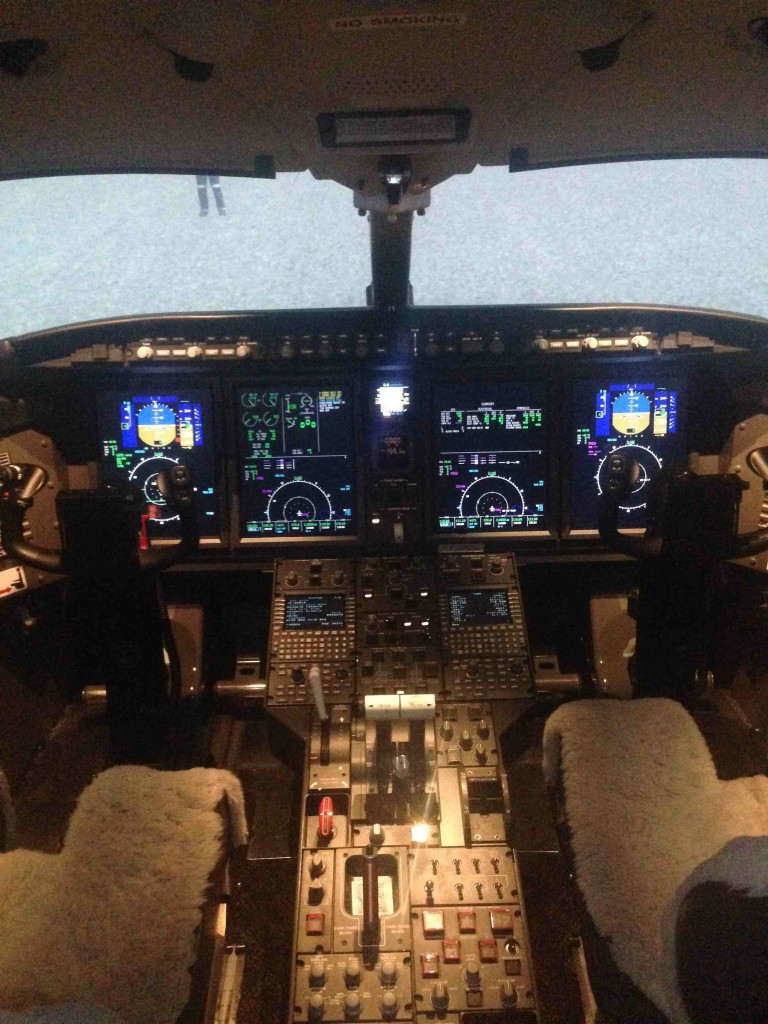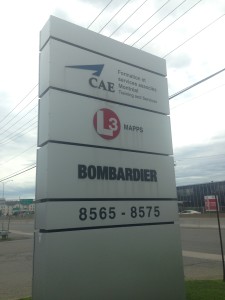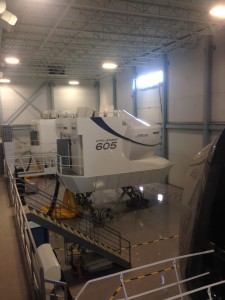Have you ever been on the flight deck of a full-motion flight simulator? You would probably see very little difference between the simulator and the real machine.
I had the opportunity to visit a full-motion flight simulator center in Dorval, QC. CAE, a Montreal-based flight simulator manufacturer, has one of their training facility near the Montreal -Trudeau International Airport. While I was on site, I toured the facility and flew on two different types of aircraft, the Challenger 300 and the Global Express.
My instructor of the Challenger aircraft was a retired fighter jet pilot of the Royal Canadian Air Force (RCAF). He explained to me how the simulator worked. Newer generations of simulators use electric motion while the older ones use hydraulic motion. The ancient simulators require more maintenance than the modern simulators. Some use software while others hardware (real part from an aircraft). For example, the main screens which are the primary-flight display (PFD) and the multi-function display (MFD) is usually replaced by a computer instead of the real part from the plane.
For the flight on the Challenger, we planned a trip from Montreal (YUL) to New York (JFK). On the second flight, I was assigned a different instructor. I did an IFR and a VFR traffic pattern on the Global Express. I logged 1.0 hour in the Challenger and 0.5 hour in the Global as flight training device.
When you land, the sensation in the cabin is the same as during a real landing. The sounds of the cabin shaking are realistic. You can feel the forces when you apply more pressure on the brakes. It is remarkable how it feels the same as the real business aircraft.
I also visited the facility which included various flight simulators, as well as conference rooms, and small oral rooms similar to what we have on campus. After being hired by an airline or a private company, pilots will start training on simulators before they can fly the aircraft for real. Even though they cost thousands of dollars to operate per hour, it is still cheaper than flying a real airplane.
Contact the author at berniern@my.erau.edu





